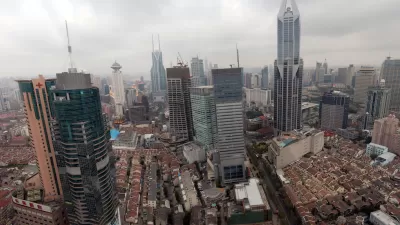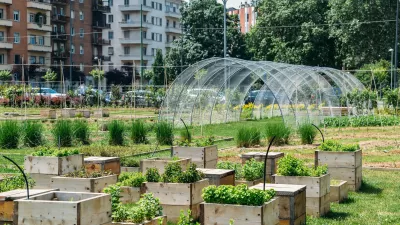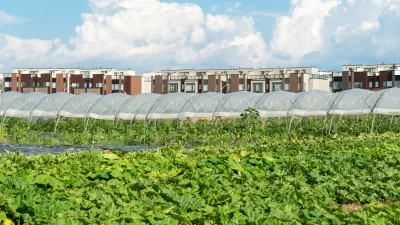Urban farming provides opportunities to increase food security in addition to other benefits.

This article features the many urban farms within the Pittsburgh area and the wide variety of advantages urban farming can bring to the city. Primarily, urban farms are created to address hunger and food insecurity. However, Dani Lamorte’s reporting highlights the multiple co-benefits that urban agriculture can bring to the city and its residents, including outdoor social space, mitigation of urban heat islands, reduction of the carbon footprint, reduction of food deserts, strengthening of food distribution networks, increasing neighborhood aesthetics, and providing opportunities for education and economic development.
The article also highlights the need for transparency and clarity in urban agriculture operations. City officials may be unaware of laws or codes pertaining to urban farming, which can impair critical conversations between the urban farmers and the city, negatively impacting urban farms. There are also far fewer Black-owned and operated farms (92) than white-owned and operated farms (89,328) within Pennsylvania, signaling a large racial discrepancy. Additionally, gentrification and a lack of connection to agriculture and the environment are critical issues in urban farming.
Productive landscapes such as urban farms can have significant positive impacts on their communities. This article serves as a call to action for a better understanding of urban agriculture to planners, city officials, and communities who can encourage urban farms in spaces where they can have long-lasting impacts and strengthen communities in need. They can be a vital resource for basic human rights, increase local food production and food security, and improve community and individual health.
FULL STORY: Urban farms in Pittsburgh can feed a hunger, if they’re allowed to grow

Study: Maui’s Plan to Convert Vacation Rentals to Long-Term Housing Could Cause Nearly $1 Billion Economic Loss
The plan would reduce visitor accommodation by 25,% resulting in 1,900 jobs lost.

North Texas Transit Leaders Tout Benefits of TOD for Growing Region
At a summit focused on transit-oriented development, policymakers discussed how North Texas’ expanded light rail system can serve as a tool for economic growth.

Using Old Oil and Gas Wells for Green Energy Storage
Penn State researchers have found that repurposing abandoned oil and gas wells for geothermal-assisted compressed-air energy storage can boost efficiency, reduce environmental risks, and support clean energy and job transitions.

Private Donations Propel Early Restoration of Palisades Playground
Los Angeles has secured over $1.3 million in private funding to restore the Pacific Palisades playground months ahead of schedule, creating a modern, accessible space that supports community healing after recent wildfires.

From Blight to Benefit: Early Results From California’s Equitable Cleanup Program
The Equitable Community Revitalization Grant (ECRG) program is reshaping brownfield redevelopment by prioritizing projects in low-income and environmental justice communities, emphasizing equity, transparency, and community benefits.

Planting Relief: Tackling Las Vegas Heat One Tree at a Time
Nevada Plants, a Las Vegas-based nonprofit, is combating the city’s extreme urban heat by giving away trees to residents in underserved neighborhoods, promoting shade, sustainability, and community health.
Urban Design for Planners 1: Software Tools
This six-course series explores essential urban design concepts using open source software and equips planners with the tools they need to participate fully in the urban design process.
Planning for Universal Design
Learn the tools for implementing Universal Design in planning regulations.
Ascent Environmental
Borough of Carlisle
Institute for Housing and Urban Development Studies (IHS)
City of Grandview
Harvard GSD Executive Education
Toledo-Lucas County Plan Commissions
Salt Lake City
NYU Wagner Graduate School of Public Service





























